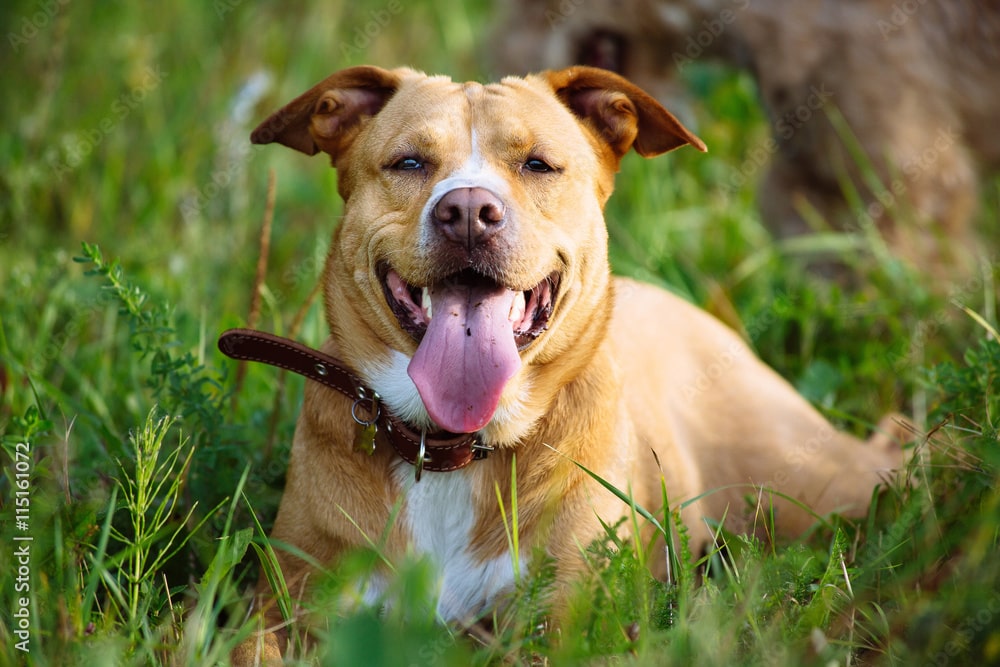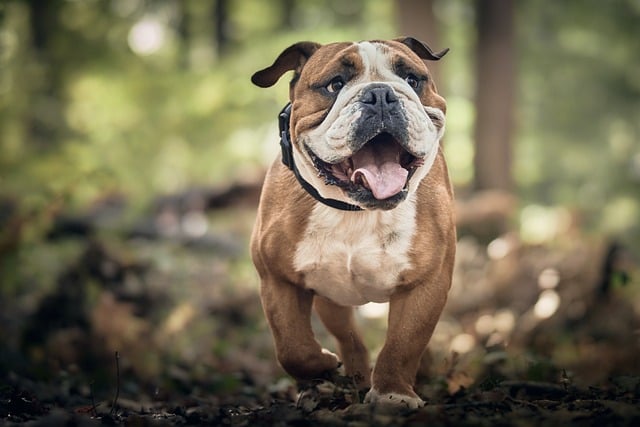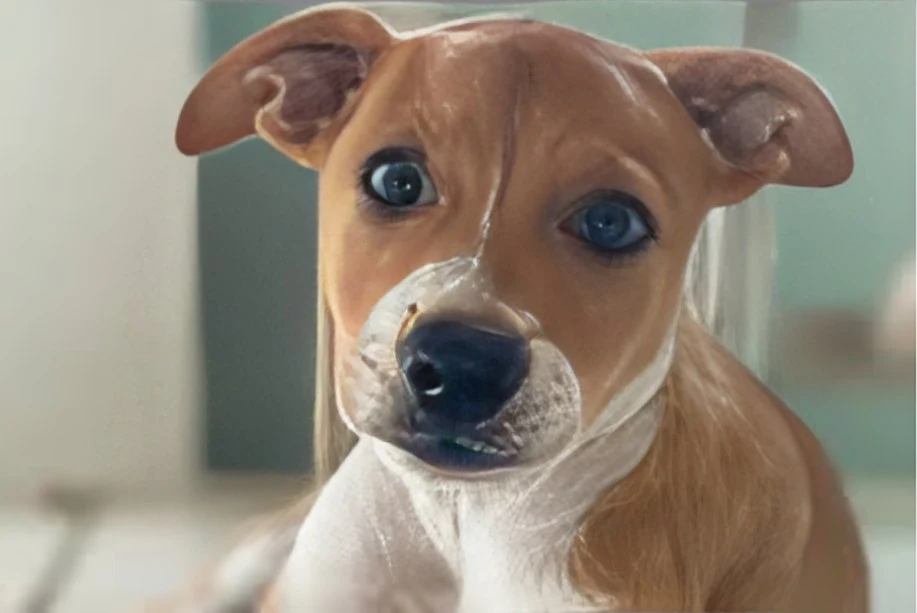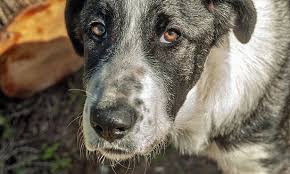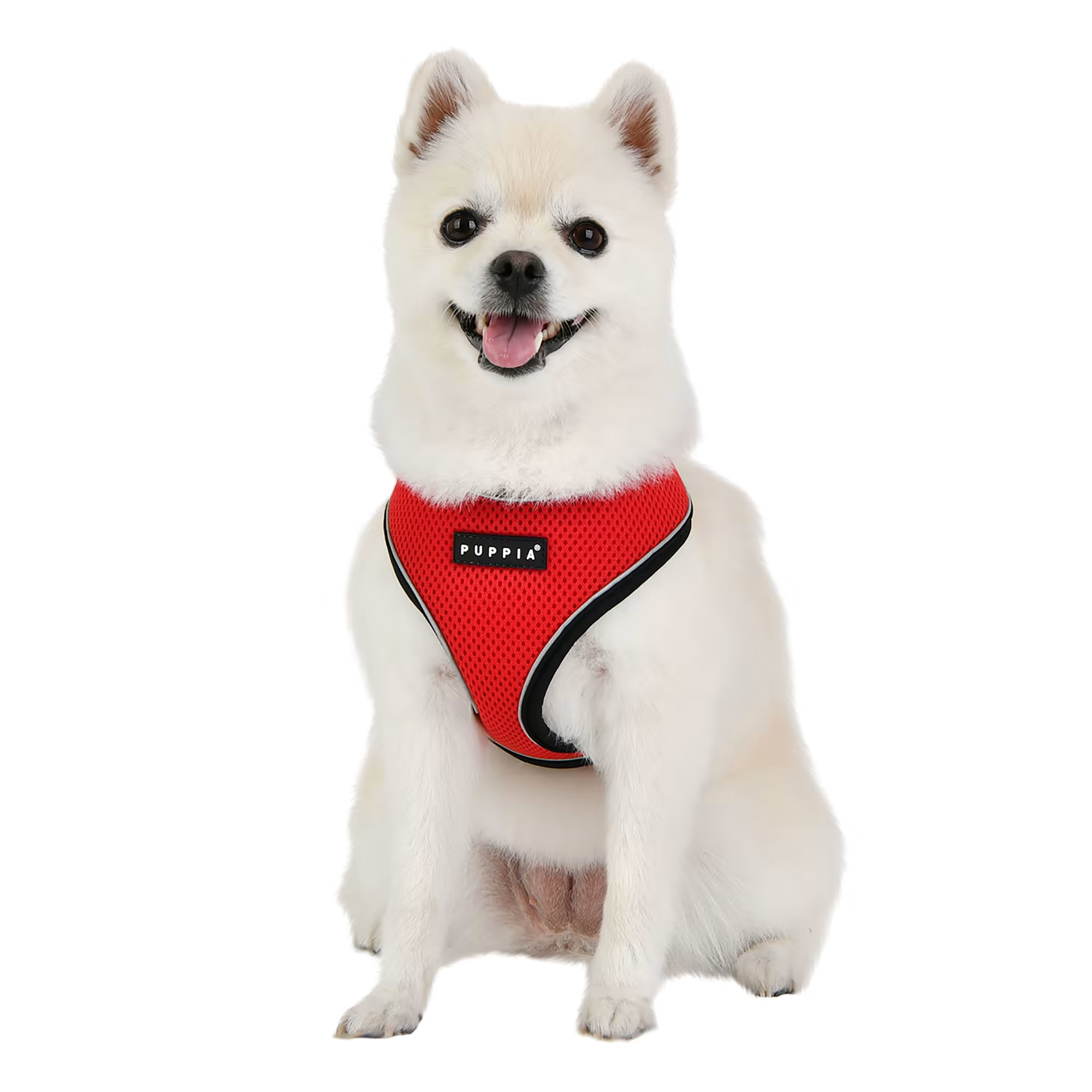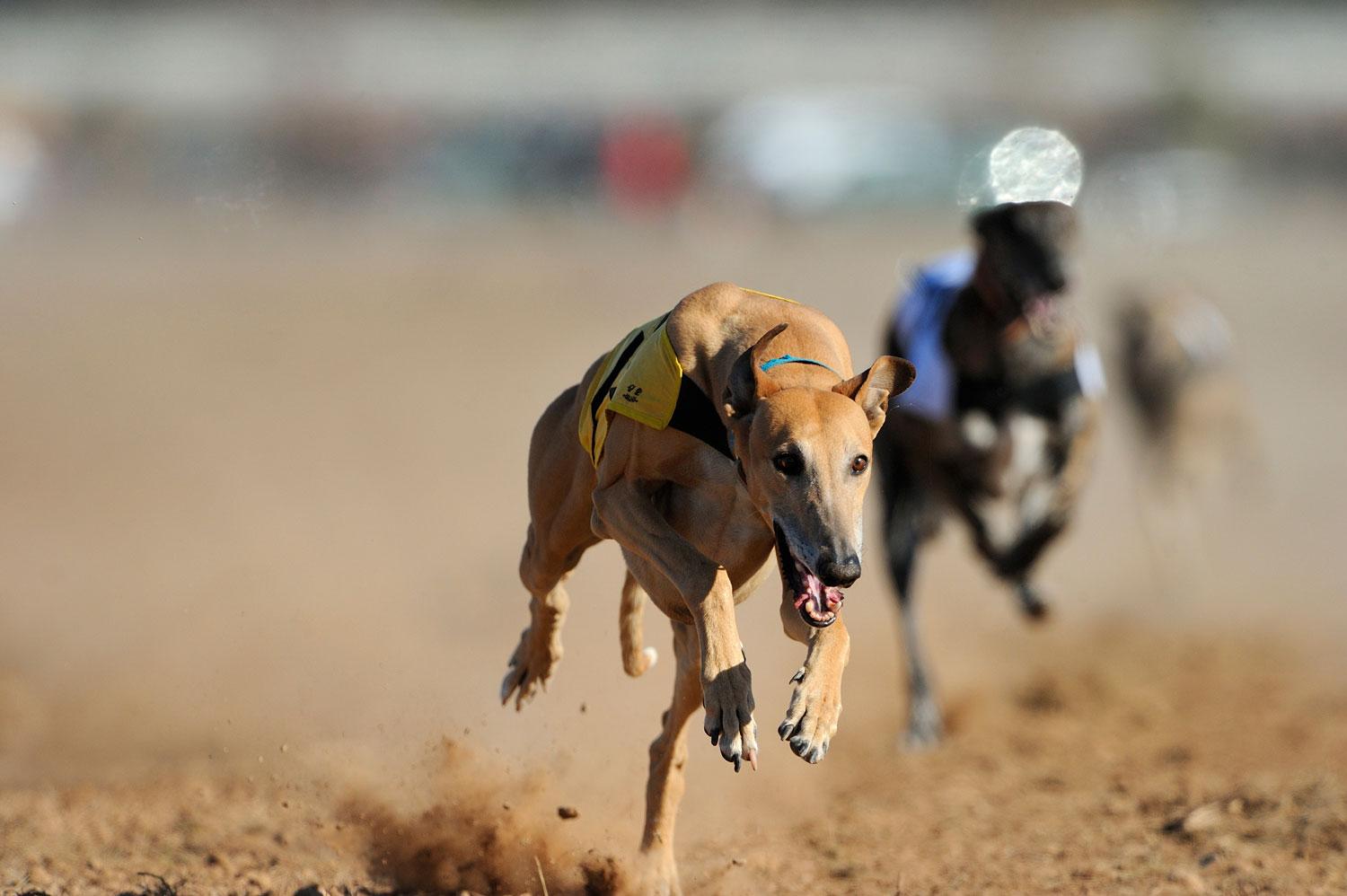Introduction: The (Blue German Shorthaired Pointer) is one of the most spectacular breeds in the world and well-loved by all dog lovers because of its looks and vivacity. It is a breed related to the German Shorthaired Pointer characterized by a blue coat of fur. If you are thinking of bringing a Blue German Shorthaired Pointer into your home, then this will be the guide you need. From knowing what the breed is like to the basic things that need to be done for it check out these details below.
The Ultimate Guide to Blue German Shorthaired Pointers
Blue German Shorthaired Pointers are quite an interesting sort of dog breed – on one hand, they are proud and elegant, on the other – they are athletic. They have a coat of a blue shade that is mixed with gray and white hence making them unique from the other cats. They are medium to gigantic and muscular dogs that can be used for hunting, agility, and mainly pets.
Breed Traits and Characteristics
The blue German Shorthaired Pointer is an intelligent dog breed that is loaded with energy. It is characterized by a sharp sense of smell, and as such, makes good charming hunting dogs. As well, they are so loyal and loving to their families. However, they need a lot of exercise both body and mind in order to make sure they are obedient and cheerful. This makes them quite energetic which translates to the fact that they will require their owner to exercise them on the regular.
General health and care advice to Blue German Shorthaired Pointers
The care of a Blue German Shorthaired Pointer is not just feeding and grooming because the dog needs more than that. These dogs require their food to be packed with nutrient value since they are very active. They should be vaccinated and dewormed according to the vet’s recommendation – a routine that should involve an annual vet check-up. Furthermore, measures should be taken lightly so as to ensure that they are socialized. So, that they do not end up being problematic in society as they grow up.
Organizing the training of Blue German Shorthaired Pointers
It is simultaneously easy and difficult to train a Blue German Shorthaired Pointer. They are smart and very easy to train as they are obedient and alert breed but at the same time stubborn breed. They require consistency when training them so that they perform as expected. This breed especially responds to positive reinforcement in which the use of treats and verbal encouragement is preferred. Pavlov mentioned that one must begin training as early as possible to leave no behavioral problems unsolved further in the process.
Arcoverd Health and Wellness for Blue German Shorthaired Pointers
As with all breeds, Blue German Shorthaired Pointers have basic inherited diseases and potential health problems. Some of the illnesses are hip dysplasia, ear infections, and allergies. It is very important to get a routine medical check-up so that in case of infection the signs are noticed earlier. Alcohol and cigarette smoking along with a diet and exercise regime that lead to obesity should also be avoided as they worsen conditions. It is important to be able to raise your concerns with the vet just to ensure that your dog is healthy and well.
Feeding Your Blue German Shorthaired Pointer: When it comes to the topic of diet and nutrition, tanning statistics revealed that:
It will also be crucial for the well-being of your Blue German Shorthaired Pointer to feed it on a balanced diet. These dogs require excellent quality dog food which will supply them with the vitamins as well as proteins for an energetic life. They need high-protein diets as well as the necessary vitamin and mineral products. Their weights should also be checked with a view of having to regulate their diets to avert obesity.
Pattern and Coat Care in Blue German Shorthaired Pointers
Because the Blue German Shorthaired Pointer has a short coat, this breed is quite easy to groom. But they still require brushing as often as any other breed in order to maintain their coat in good health and luster. Bathing should only be done as necessary, for yawners it is recommended that their ears be checked frequently for infection. Secondly, they should cut their nails correctly and always see that they are of standard length as any growth can cause discomfort.
Adopting a Blue German Shorthaired Pointer: What You Must Know
The decision to take home a Blue German Shorthaired Pointer is one that needs to be made after putting a number of factors into consideration. This breed is not for everyone, or better still for people with an active lifestyle, or those with a busy working schedule. It may demand a lot of attention, physical activity, and essential cognitive processing. As a general rule, one should not get a breed if one is uncertain whether they can meet its needs and give it a good home, with lots of TLC and exercise. Another consideration is the breeder or rescue organization one can buy from or adopt a pet from.
The temperament of blue German shorthaired pointers is easy to manage and understand as follows;
The temperament of a Blue German Shorthaired Pointer is friendly and outgoing and it is an energetic breed of dog. The breed is friendly with its family and is okay with kids as well as other animals. However, they can be shy toward strangers, therefore early socialization is recommended. They are extremely active and are therefore most suitable for families who can dedicate time to providing the necessary physical exercise and activities the pet requires.
Blue German Shorthaired Pointer Puppies: Notice and Education
Blue German Shorthaired Pointer being a breed of puppies needs careful and regular attention to be paid to such dogs. These puppies are playful and have a natural curiosity and it is very important to begin the training and socialization sessions. Another advantage of crate training is the possibility of emphasizing the set pattern and minimizing the chances of an accident. Another factor is to train a dog on obedience in the early stages as it’s helpful in creating a good behavior pattern for a lifetime.
Blue German Shorthaired Pointers Exercise Requirements
Blue German Shorthaired Pointers require a considerable amount of exercise and can become very unhappy if these needs are not fulfilled. These dogs should be taken for least an hour of intensive activity daily for walks, runs, or any kind of play. They also like to engage in intellectual stimulation through the like of puzzle toys or agility training. If they get inadequate exercise as babies, then they will become bored and develop behavioral problems.
Living with a Blue German Shorthaired Pointer: Tipps and Tricks
People, who adopt a Blue German Shorthaired Pointer, bring home a loving pet but they have to be dedicated to do it. These dogs are best suited to active families in whom the dogs can also be active. They are not good for apartment living because of their activity level and the space they require to exercise. Having a fenced compound where they can run and play is the best thing you can do for this breed.
Some Health Problems in Blue German Shorthaired Pointers
Like all breeds Blue German Shorthaired Pointer is not immune to some diseases which are inherent in the breed. Some of the frequent problems experienced are hip dysplasia, ear infections,s and skin allergic reactions. These diseases can be avoided or controlled with the help of proper vet check-ups and leading a hale and hearty life. One should also pay attention to the changes that your dog undergoes since both behavior and appearance could signal a disease.
Socializing Your Blue German Shorthaired Pointer: Case Study
One of the vital things about your Blue German Shorthaired Pointer is to socialize it and make sure that it turns out into a well-behaved adults. Begin socializing them early enough by introducing them to people, places, and other animals, although they have their natural curiosity. In any case, classes for puppies can be a good beginning to socialize the pet. Premack is important as it tells your dog to go towards the preferred behavior. Then make that preferred behavior unavailable till the other behavior is repeated.
Selecting a Blue German Shorthaired Pointer Breeder
Picking the breeder of your Blue German Shorthaired Pointer should not be taken lightly: you have to do some research. Choose a breeder that is more interested in the welfare of the dogs, as well as their character rather than the monetary benefit. Demand references and drop by the breeder’s house to see how the puppies live. A responsible breeder will also come with parents’ health clearances and be willing to answer any questions you might have.
Conclusion
The breed may also be referred to as the Blue Weimarpointz or Blue German Hound depending on the context. And the particular kennel or registry from which it originates. Some are aggressive, intelligent, high energy, and very affectionate; however, they need serious attention and care. To understand those needs, make sure that your Blue German Shorthaired Pointer gets all the care, training, and socialization it needs. This is to ensure the breed’s well-being in your household.
FAQs
1. How active is a Blue German Shorthaired Pointer?
Sufficient exercise for Blue German Shorthaired Pointers should be of high intensity at least for an hour daily. Some of the exercises to consider include running, hiking, and best of all – playing a game of fetch.
2. Do Blue German Shorthaired Pointers like children?
Blue German Shorthaired Pointers are good with children in general. Nevertheless, in view of their high energy levels, it becomes relatively hazardous for young children to be in close contact with the dog.
Blue German Shorthaired Pointers live for about 12 to 14 years when well taken care of, well-fed, and vaccinated regularly.



